The Marvels of Time-Lapse Photography
Time-lapse photography is a powerful technique that compresses hours, days, or even years into seconds or minutes, revealing gradual movements imperceptible to the naked eye. When applied to the glacial environment, time-lapse sequences provide us with captivating visuals of the glacier’s changing dynamics. By capturing a series of images at regular intervals, the photographer can create a stunning video that brings glaciers to life.
The Dance of Glacial Ice
Glaciers, known as rivers of ice, slowly inch their way down mountainsides, shaping valleys and leaving breathtaking scenes in their wake. Time-lapse footage helps us appreciate the grandeur and majesty of this glacier movement. By condensing time, we can witness the perpetual dance of glacial ice, as tremendous masses of ice flow and transform the landscapes.
- Slow and Steady: Time-lapse sequences enable us to see the gradual movement of glaciers, revealing their minute shifts over extended periods.
- Landscaping in Action: Glaciers, through their slow-motion movement, sculpt and shape the terrain, significantly influencing the landforms around them.
- Time Travel: Time-lapse allows us to travel through time and experience changes that might take decades, if not centuries, in mere seconds.
The Science of Glacial Movement
The motion of glaciers is driven by the combination of gravity, temperature, and the properties of ice. Glacial ice moves under its weight, flowing more rapidly in the central part of the glacier than along its edges. This movement occurs through internal deformation and sliding along the bedrock.
While it may seem like glaciers are constantly advancing, they actually experience periods of advance and retreat. Factors such as temperature, snowfall, and the slope of the landscape influence the overall health and behavior of a glacier. Time-lapse photography helps us document these changes and aids researchers in understanding glacial dynamics.
Key Takeaways:
- Glacial Anatomy: Time-lapse footage provides a deeper understanding of the internal mechanisms that drive glacial flow.
- Climate Clues: Documenting glacial movements helps scientists study climate patterns and their impact on our planet.
- Environmental Awareness: Time-lapse imagery raises awareness about the importance of preserving these magnificent natural wonders.
Unveiling the Past and Projecting the Future
Glaciers have shaped our planet for millions of years, leaving behind a record of Earth’s history within their icy layers. Through time-lapse photography, we can witness glacial movements firsthand, capturing moments that may otherwise go unnoticed.
Furthermore, the insights gained from these visual chronicles assist scientists in predicting future climate changes and their potential impact on the environment. Time-lapse sequences provide a glimpse into the past while offering us a glimpse into the future.
The Beauty of Glacial Change:
- Capturing the Inevitable: Time-lapse photography allows us to capture the impermanence of glaciers and appreciate their ever-changing nature.
- Environmental Stewardship: Understanding the past and predicting the future empowers us to take action and protect our delicate ecosystems.
- Picturing Progress: Time-lapse imagery showcases the constant movement and transformation happening around us, showcasing the beauty of change.
Overall, time-lapse photography offers a unique perspective on the slow and steady movement of glaciers. By incorporating powerful visuals, this technique helps us grasp the grandeur and significance of glacial changes. With every passing second, glacial landscapes shift, reminding us of Earth’s ever-evolving nature.

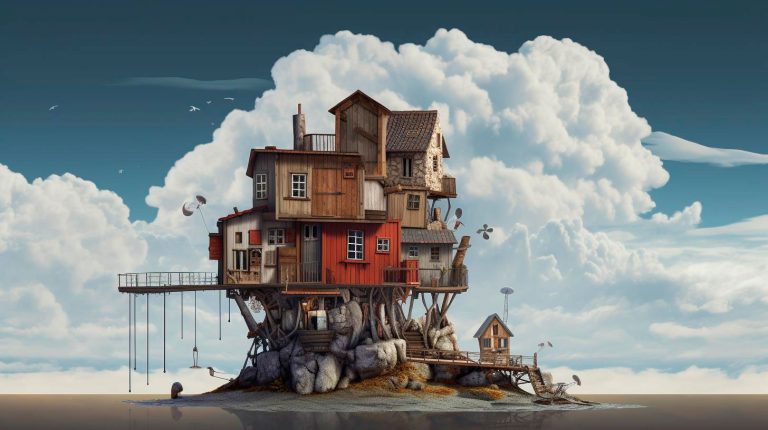
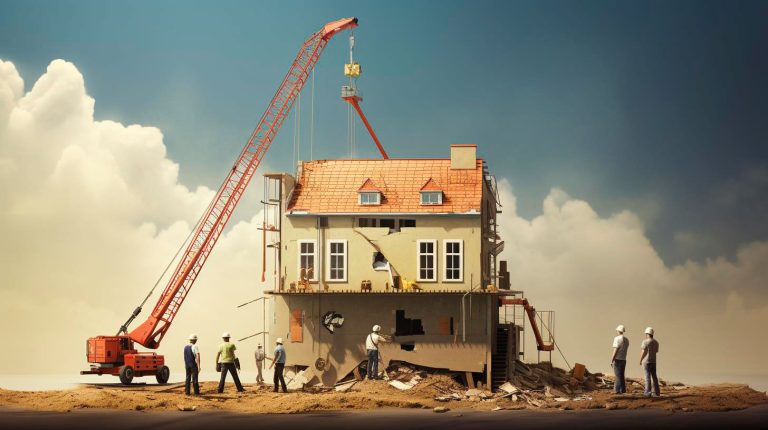
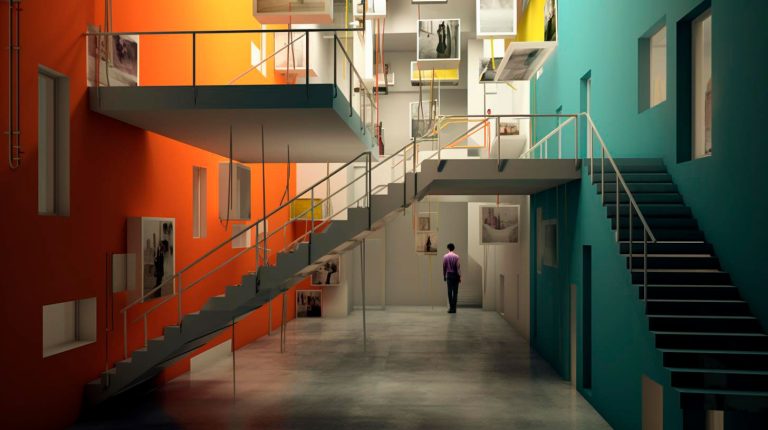
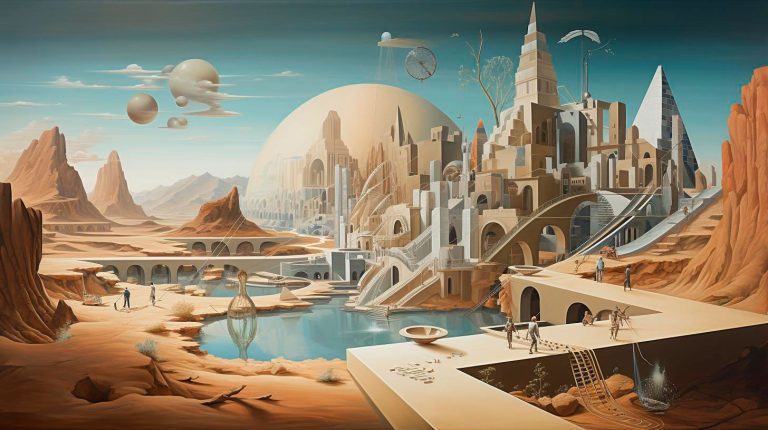
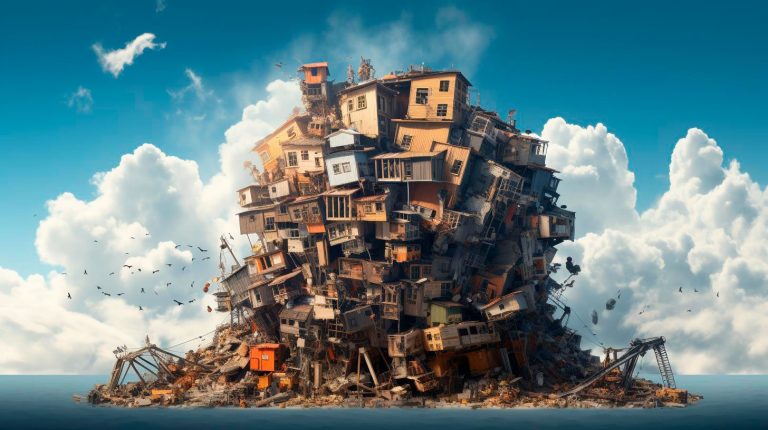
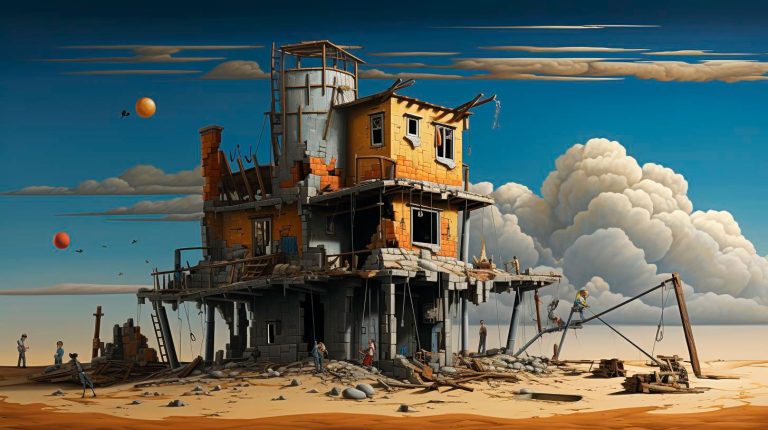
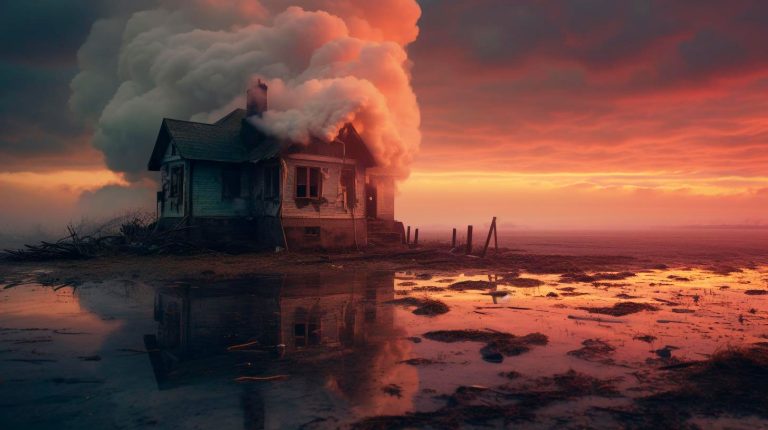

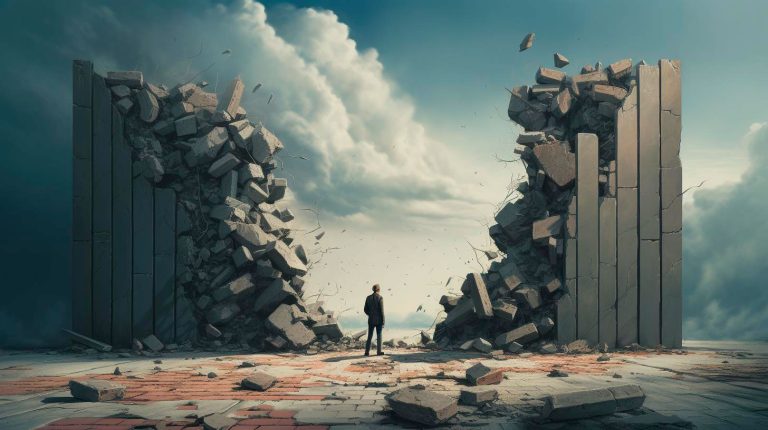

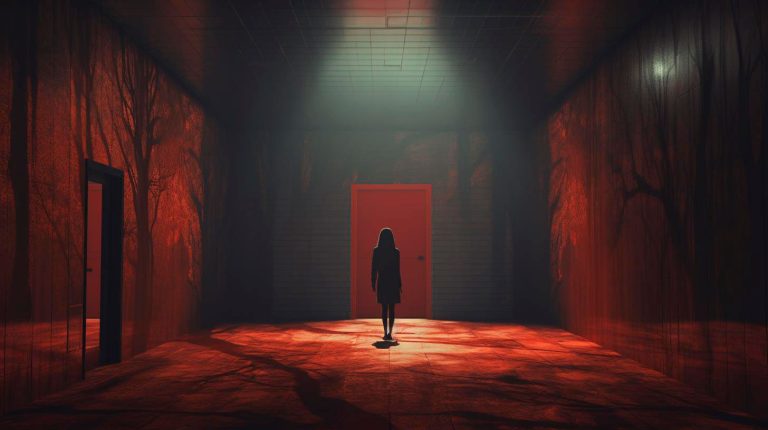

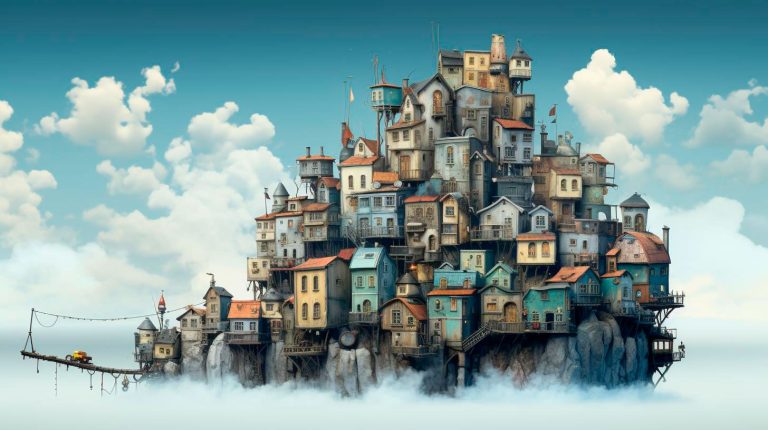
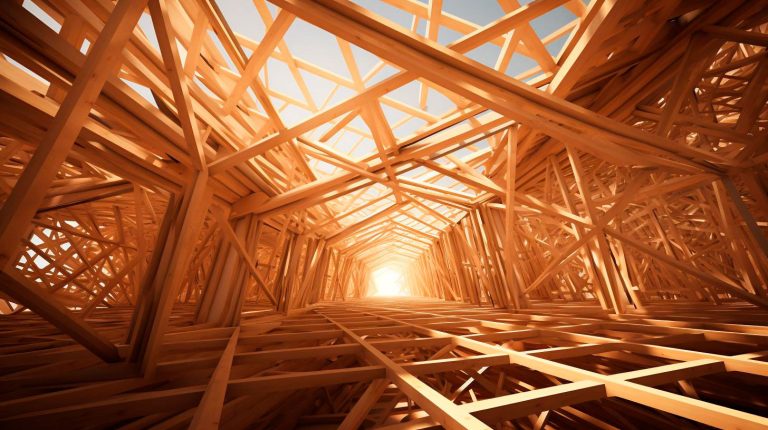
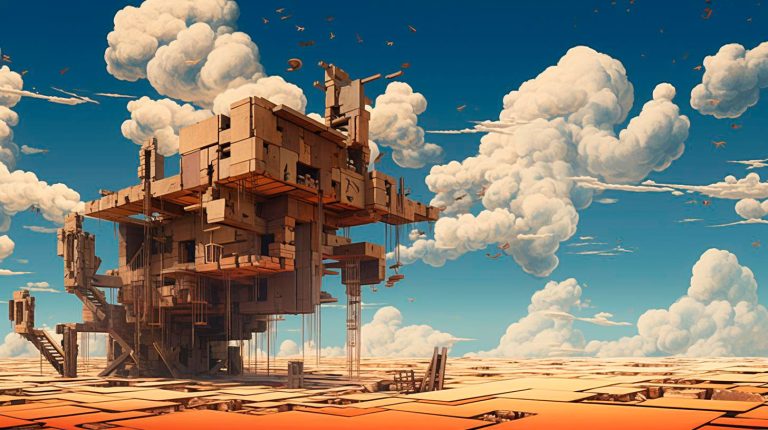







+ There are no comments
Add yours